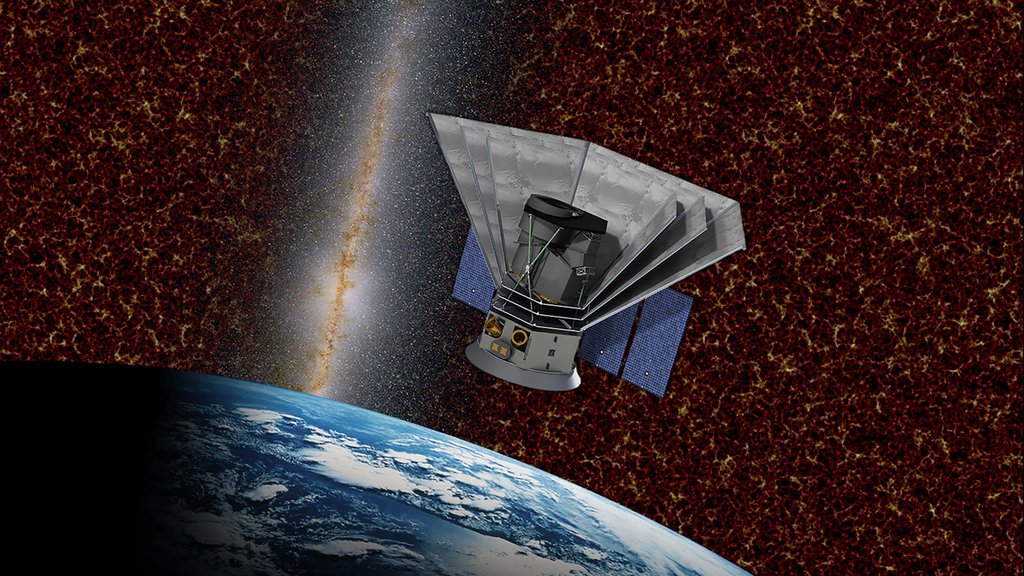NASA has selected a new space mission that will help astronomers understand both how our universe evolved and how common are the ingredients for life in our galaxy's planetary systems.
The Spectro-Photometer for the History of the Universe, Epoch of Reionization and Ices Explorer (SPHEREx) mission is a planned two-year mission funded at $242 million (not including launch costs) and targeted to launch in 2023.
"I'm really excited about this new mission," said NASA Administrator Jim Bridenstine. "Not only does it expand the United States' powerful fleet of space-based missions dedicated to uncovering the mysteries of the universe, it is a critical part of a balanced science program that includes missions of various sizes."
SPHEREx will survey the sky in optical as well as near-infrared light which, though not visible to the human eye, serves as a powerful tool for answering cosmic questions. Astronomers will use the mission to gather data on more than 300 million galaxies, as well as more than 100 million stars in our own Milky Way.
"This amazing mission will be a treasure trove of unique data for astronomers," said Thomas Zurbuchen, associate administrator for NASA's Science Mission Directorate. "It will deliver an unprecedented galactic map containing 'fingerprints' from the first moments in the universe's history. And we'll have new clues to one of the greatest mysteries in science: What made the universe expand so quickly less than a nanosecond after the big bang?"
SPHEREx will survey hundreds of millions of galaxies near and far, some so distant their light has taken 10 billion years to reach Earth. In the Milky Way, the mission will search for water and organic molecules - essentials for life, as we know it - in stellar nurseries, regions where stars are born from gas and dust, as well as disks around stars where new planets could be forming.
Every six months, SPHEREx will survey the entire sky using technologies adapted from Earth satellites and Mars spacecraft. The mission will create a map of the entire sky in 96 different color bands, far exceeding the color resolution of previous all-sky maps. It also will identify targets for more detailed study by future missions, such as NASA's James Webb Space Telescope and Wide Field Infrared Survey Telescope.
NASA's Astrophysics Explorers Program requested proposals for new missions in September 2016. Nine proposals were submitted, and two mission concepts were selected for further study in August 2017. After a detailed review by a panel of NASA and external scientists and engineers, NASA determined that the SPHEREx concept study offered the best science potential and most feasible development plan.
The mission's principal investigator is James Bock of Caltech in Pasadena, California. Caltech will work with NASA's Jet Propulsion Laboratory to develop the mission payload. JPL will also manage the mission.
Ball Aerospace in Broomfield, Colorado, will provide the SPHEREx spacecraft and mission integration. The Korea Astronomy & Space Science Institute in Daejeon, Republic of Korea, will contribute test equipment and science analysis.
NASA's Explorer program, managed by the agency's Goddard Space Flight Center in Greenbelt, Maryland, is the agency's oldest continuous program, designed to provide frequent, low-cost access to space using principal investigator-led space science investigations relevant to the Astrophysics and Heliophysics programs in NASA's Science Mission Directorate.
The program has launched more than 90 missions, beginning in 1958 with Explorer 1, which discovered the Earth's radiation belts. Another Explorer mission, theCosmic Background Explorer, which launched in 1989, led to a Nobel Prize.
More information about the Explorer program is available online at:
